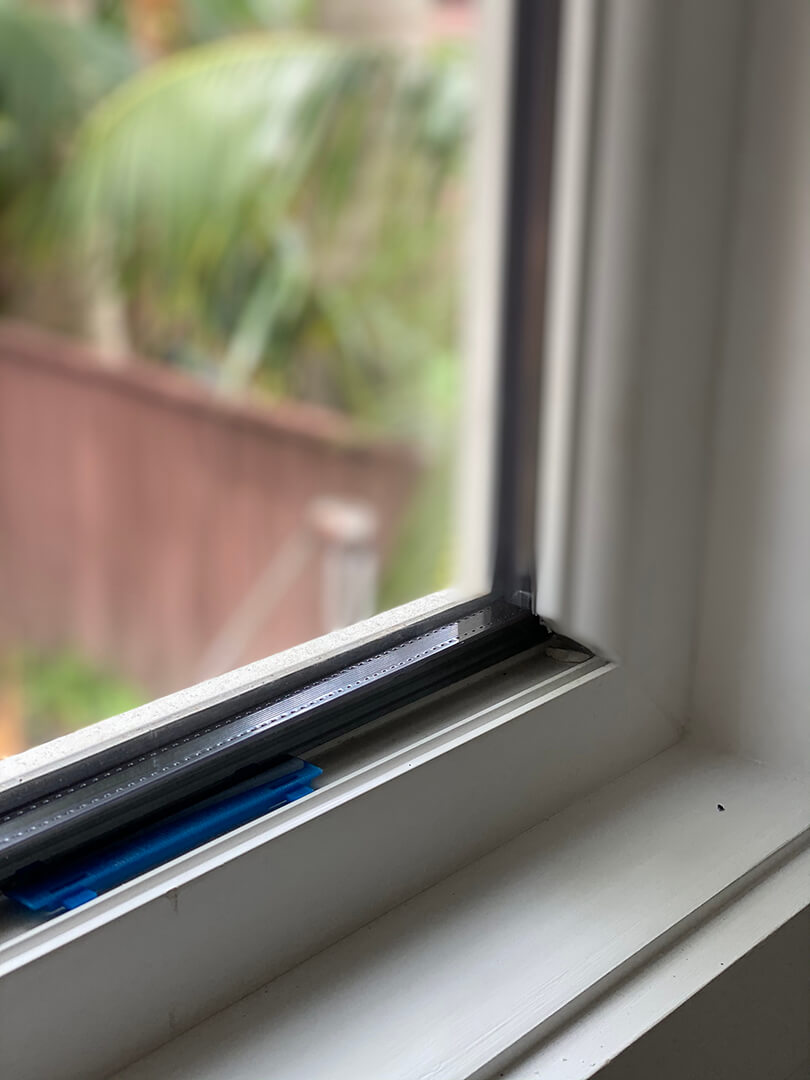All Categories
Featured
Table of Contents
What Are Double Glazed Windows? - Build in Willagee Western Australia
Laminated glass is frequently utilized in locations in the house most susceptible to injury from human impact such as restrooms, doors, around staircases and in areas near the floor (it satisfies the requirements of 'shatterproof glass' that is mandated for usage in these areas by Australian Basic AS 1288 Glass in structures).
Toughened glass has actually been 'tempered' by being reheated and rapidly cooled once again. This process makes it much stronger than standard glass it can resist higher impact loads before breaking. It likewise makes it safer due to the fact that, when it does shatter, it gets into many little cubic pieces instead of dangerous shards.
What Are The Best Double Glazed Windows In Australia? in Osborne Park WA
Toughened glass has no thermal or acoustic advantages over other glass of the same toning or density. Secondary glazing is where single-glazed windows are retrofitted with a transparent acrylic or glass sheet connected to the within of the frame or openable sash with a secondary frame or with magnetic strips.


Secondary glazing will not perform as well thermally as a manufactured IGU, considering that it is difficult to completely seal the border, but it can provide good noise control. Window films are a thin polymer movie including a soaking up color or reflective metal layer, with an adhesive support. They adhere to your glazing to change its colour or make it reflective.
Double Glazing in Safety Bay Western Australia
Applied to existing glass, some window movies can cut in half the general SHGC of the window by absorbing and/or reflecting solar radiation. This can be particularly beneficial in hotter climates where cooling is the primary concern, or on east and west elevations straight exposed to long durations of sunshine. Window films may likewise reduce visible light transmittance.

For this factor, it is generally best to utilize an accredited installer of window film. Frames have a considerable effect on the thermal performance of doors and windows, because energy can be gotten and lost through the frame, along with through the glass. Various kinds of frame will enable various levels of heat gain and loss, so careful option of frame is necessary for efficient passive style.
How Does Double Glazing Keep Heat Out? in Warwick WA
Nevertheless, aluminium is also a really excellent conductor of heat and will decrease the insulating worth of a glazing system, unless specifically crafted to reduce this. A 'thermally broken' frame is made up of 2 aluminium sections linked by a structural insulator (usually a low-conductivity structural polymer). This 'breaks' the thermal connection through the aluminium and lowers the heat streaming through the frame.
They can be expensive, but rates are reducing as they become more common. Timber frames are a great natural insulator that can fit some home styles. Timber frames must be made from types that have naturally high toughness or be treated to prevent decay and contortion. Inspect that the wood is sourced from a sustainably handled forest.
Glazing And Glass Options - Smarter Homes in Beechboro Western Australia
This can result in gaps that enable air seepage unless excellent draught sealing (weather condition stripping) is set up. u, PVC is a kind of plastic (unplasticised polyvinyl chloride, also referred to as rigid PVC). u, PVC frames offer outstanding thermal efficiency, often much better than timber or thermally broken aluminium. u, PVC is long lasting and requires really little maintenance, and can be moulded into intricate profiles that provide exceptional air seals.
u, PVC windows and doors have exceptional thermal efficiency Picture: Ben Wrigley (Light Home Architecture and Science) Composite frames use aluminium profiles on the outer sections with either a lumber or u, PVC inner section. These combine the low maintenance and durability of aluminium with much improved thermal efficiency.
Latest Posts
Pros And Cons Of Argon Gas In Windows in Ridgewood WA
Does Double Glazing Have A Vacuum? in Shoalwater WA
Double & Triple Glazing Windows In Warwickshire in Perth